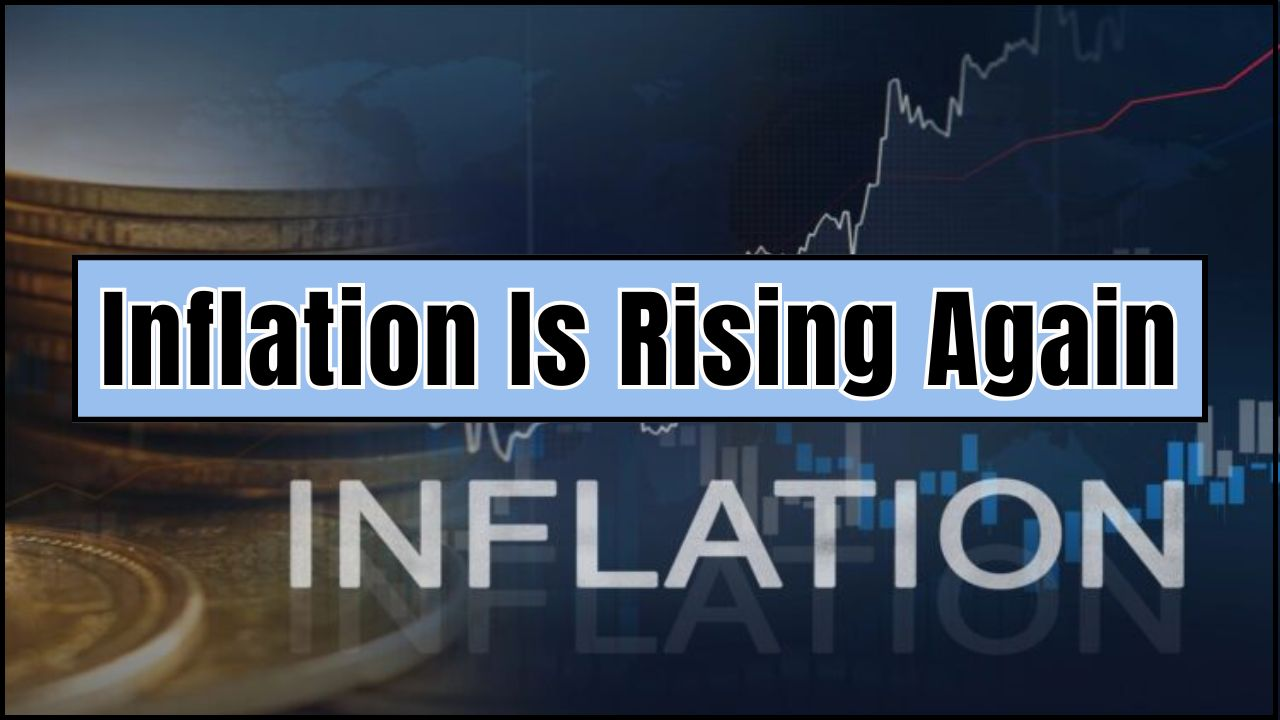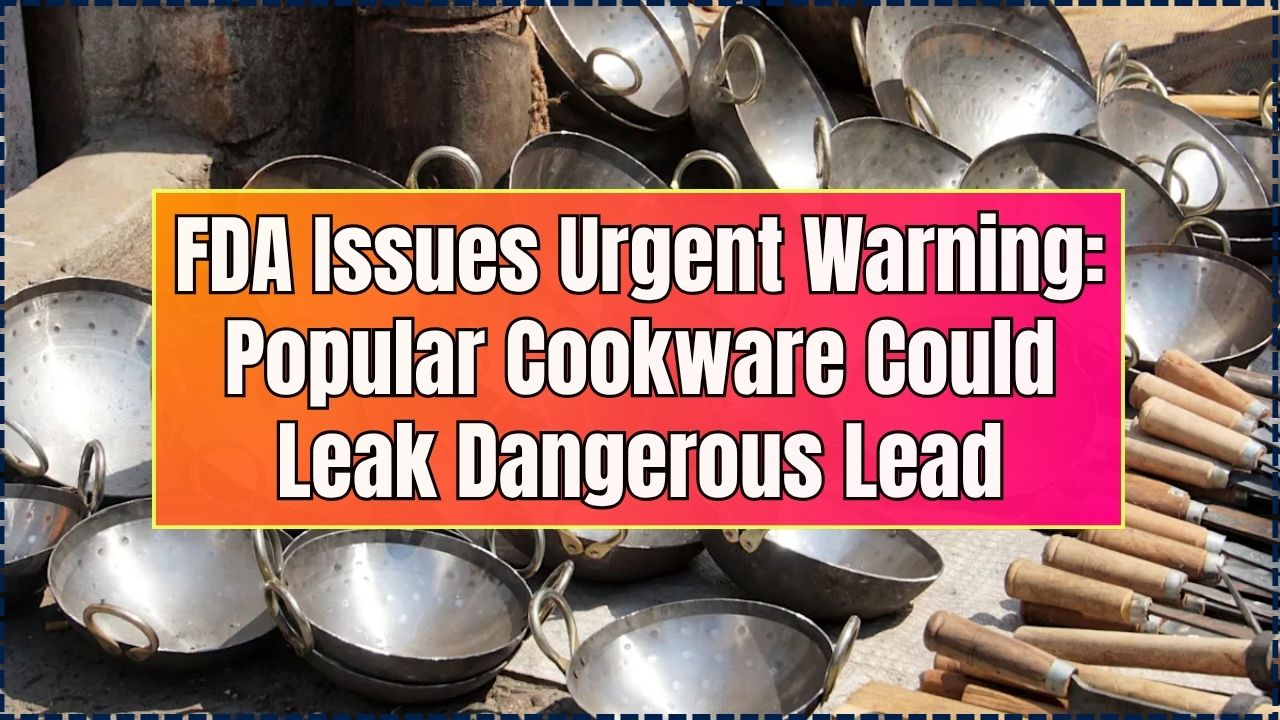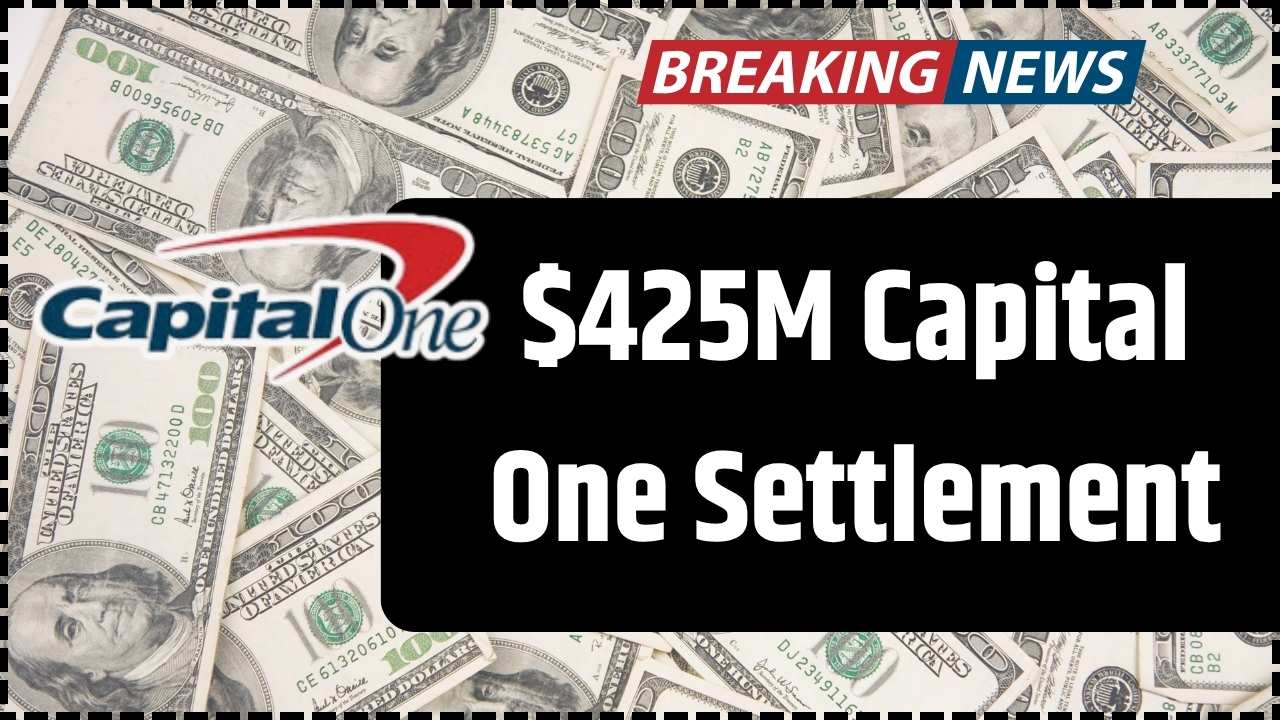Verizon Class Action Lawsuit Settlement: If you’ve been a Verizon postpaid wireless customer at any time between January 2016 and November 2023, pay attention. There’s a $100 million Verizon Class Action Lawsuit Settlement in 2025 that might put some cash back in your pocket. That’s right — Verizon agreed to settle a lawsuit over undisclosed fees that many customers only noticed after their bills came in. This article breaks it all down—what it means, how to claim your share, and how to protect yourself with tips straight-up from a consumer’s point of view. Verizon was called out for charging extra fees—stuff like Administrative Charges and Telco Recovery Charges—without making it crystal clear to their customers. Many didn’t even know they were paying these fees, let alone how much. The settlement offers a chance for affected customers to get paid back, with checks or deposits ranging from $15 to $100 depending on how long those fees were part of your bills.
Table of Contents
Verizon Class Action Lawsuit Settlement
The Verizon Class Action Lawsuit Settlement 2025 is an important victory for consumer rights and billing transparency in the telecom world. If you filed your claim on time, monitor your payment status and expect your settlement soon. Those who missed the deadline must be vigilant going forward and demand clear billing disclosures from their providers. Stay informed, review your bills carefully, and know your rights—because when it comes to your hard-earned money, every cent counts.
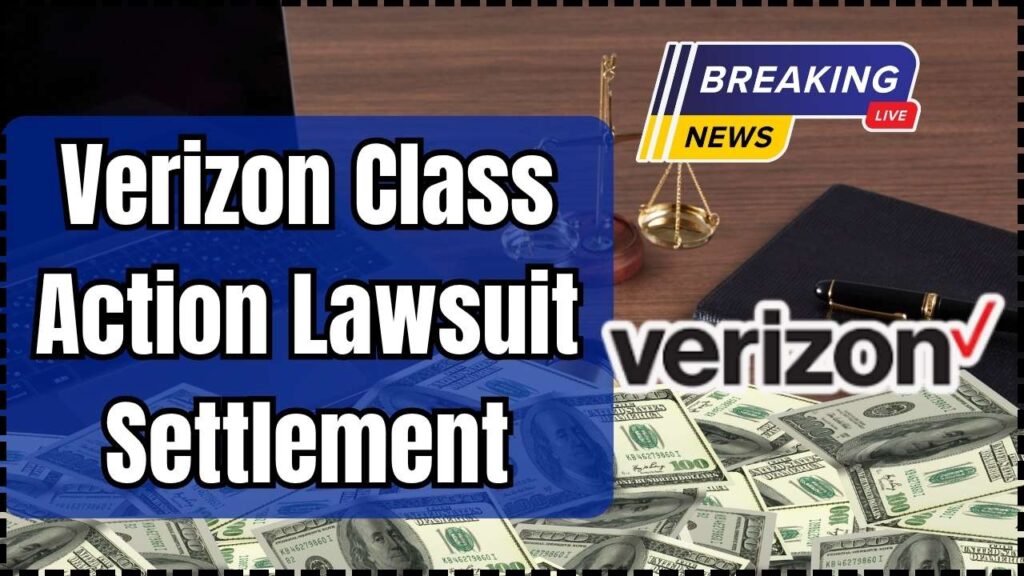
| Feature | Details |
|---|---|
| Settlement Amount | $100 million |
| Affected Timeframe | January 1, 2016 – November 8, 2023 |
| Who’s Eligible | Verizon postpaid customers charged Administrative or Telco Recovery fees |
| Claim Deadline | April 15, 2024 (closed, no late claims) |
| Payment Amount | $15 base + $1 per month fees paid, max $100 per claimant |
| Payment Methods | Direct Deposit, Zelle, or mailed check |
| Official Claim Info | Official Settlement Page |
What’s the Story Behind the Verizon Class Action Lawsuit Settlement?
Between 2016 and 2023, Verizon customers noticed small but persistent fees labeled “Administrative Charges” and “Telco Recovery Charges” appearing on their monthly bills. These separate charges added to the total but weren’t clearly explained or highlighted during the sales process or in billing statements. Many customers felt blindsided, as the advertised prices didn’t reflect these extra costs.
Customers argued these fees were unfair and deceptive, claiming Verizon did not adequately disclose or justify these charges. The lawsuit accused Verizon of deliberately hiding these fees to keep advertised prices artificially low while still collecting extra funds for operational and compliance costs.
Rather than prolong costly court battles, Verizon agreed to settle the case in November 2023 with a $100 million fund designated to reimburse customers. While Verizon denies wrongdoing, the settlement agreement requires improved transparency going forward, including clearer billing disclosures and notifications of fees.
What Exactly Are Administrative and Telco Recovery Charges?
Understanding these fees is key to grasping why so many customers pushed back:
- The Administrative and Telco Recovery Charge is a monthly line-item fee charged per wireless device line on postpaid accounts. This means if you have multiple lines, each line incurs the fee separately.
- The fee covers a variety of indirect costs Verizon faces, such as compliance with regulatory requirements, property taxes, network maintenance, and administrative overhead.
- It is important to note that this charge is not a government-imposed tax or fee. It is Verizon’s own charge to help recover costs associated with running its network and business.
- Originally introduced as the Administrative Charge back in 2005 at about $0.40 per line, it has increased multiple times, with a notable jump in June 2022 when it was renamed to include the Telco Recovery component and raised to around $3.30 per line.
- As of late 2024 and into 2025, the charge saw further increases, reaching about $3.50 or more per line, according to Verizon updates and customer discussions online.
- Despite Verizon’s public documentation promoting transparency around this fee, many consumers felt the disclosures remained vague or buried in fine print, fueling the lawsuit.
What Is a Class Action Lawsuit, Anyway?
A class action lawsuit is a legal mechanism allowing a large group of people with similar complaints against the same defendant to join together and sue collectively. This reduces the complexity and cost of individual lawsuits, enabling consumers to challenge big corporations efficiently. When settled, compensation is distributed to the affected parties based on eligibility and submitted claims.
This case is an example of how consumer groups can hold companies accountable for billing practices that might otherwise go unchecked.
Who Can File a Verizon Class Action Lawsuit Settlement Claim?
To be eligible, you must:
- Have had a Verizon postpaid wireless or data plan from January 1, 2016, to November 8, 2023.
- Have been charged any Administrative Charges or Telco Recovery Charges on your Verizon bill during that time.
- File your claim by the April 15, 2024 deadline.
Unfortunately, if you missed this deadline, claims can no longer be accepted. Verizon is currently distributing settlement payments only to claimants who filed on time.
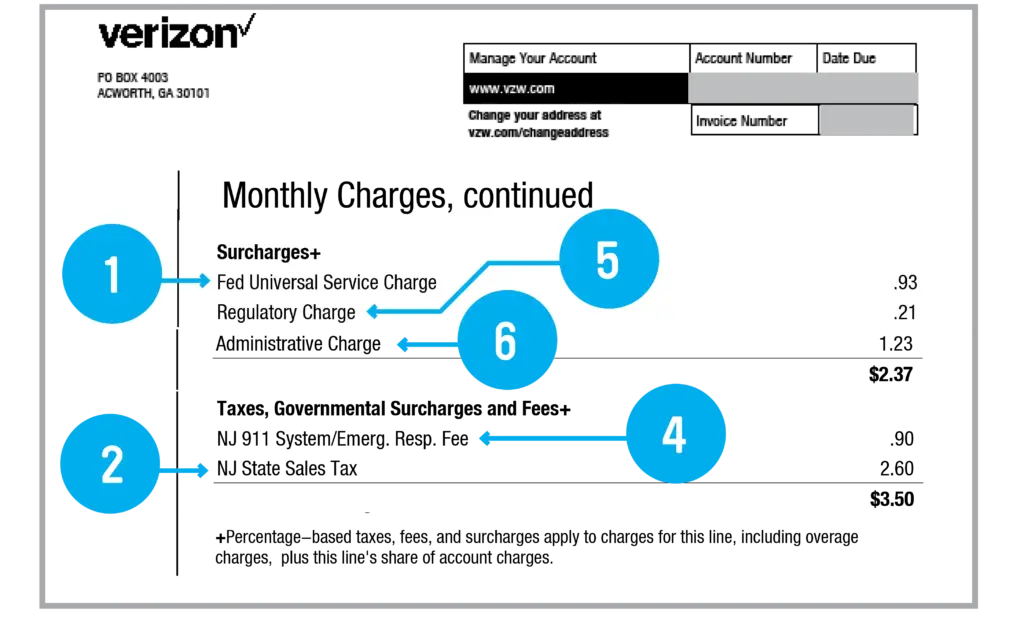
How Much Money Are We Talking?
Here’s the payment breakdown:
- Every claimant receives a base payment of $15.
- They receive an additional $1 for every month fees were paid.
- The total payment is capped at $100 per claimant.
That means if you paid these fees for less than 15 months, you’ll get less than $30, but if you had these fees on your bill for several years, expect the payout to hit the $100 ceiling. This formula incentivizes those affected for longer periods while capping extreme payouts for fairness.
Step-by-Step Guide: How to Confirm Your Verizon Class Action Lawsuit Settlement Claim and Get Paid
- Find Your Claim Confirmation
If you submitted a claim before April 2024, Verizon’s settlement administrator should have sent you a confirmation email or letter. This is your proof of claim. - Verify Your Claim Status Online
Check your claim’s approval status on trusted sites such as Top Class Actions or contact the official settlement administrator. They can confirm your payment timeline. - Choose Your Payment Method
When filing, claimants chose direct deposit, Zelle transfer, or mailed checks. Payments are now being sent based on that choice. - Watch Your Payment Arrival
Direct deposits and Zelle payments typically arrive within days after processing. Mailed checks may take several weeks due to postal delivery. - Avoid Scams
Beware of anyone contacting you claiming to be from the settlement offering early access or requesting personal info.
Protect Yourself Against Hidden Fees: Tips for Customers
Here are some practical tips to keep your phone bills clear of hidden charges:
- Scrutinize Monthly Bills
Review each line and fee carefully to identify any new or unexplained charges. - Ask Before You Buy
When signing up or renewing plans, ask representatives to fully explain any extra fees attached to your plan. - Leverage Online Account Tools
Use Verizon’s app or website to monitor billing history and get detailed charge descriptions. - Stay Educated
Follow consumer advocacy sites, as hidden fee lawsuits can indicate trends across telecom companies.
Consumer Rights and Telecom Billing Transparency
US regulatory bodies like the Federal Communications Commission (FCC) and the Consumer Financial Protection Bureau (CFPB) regulate billing transparency to protect customers. The FCC requires telecom providers to clearly list all fees and taxes separately from advertised prices, allowing consumers to understand exactly what they’re paying for.
What This Means for the Telecom Industry?
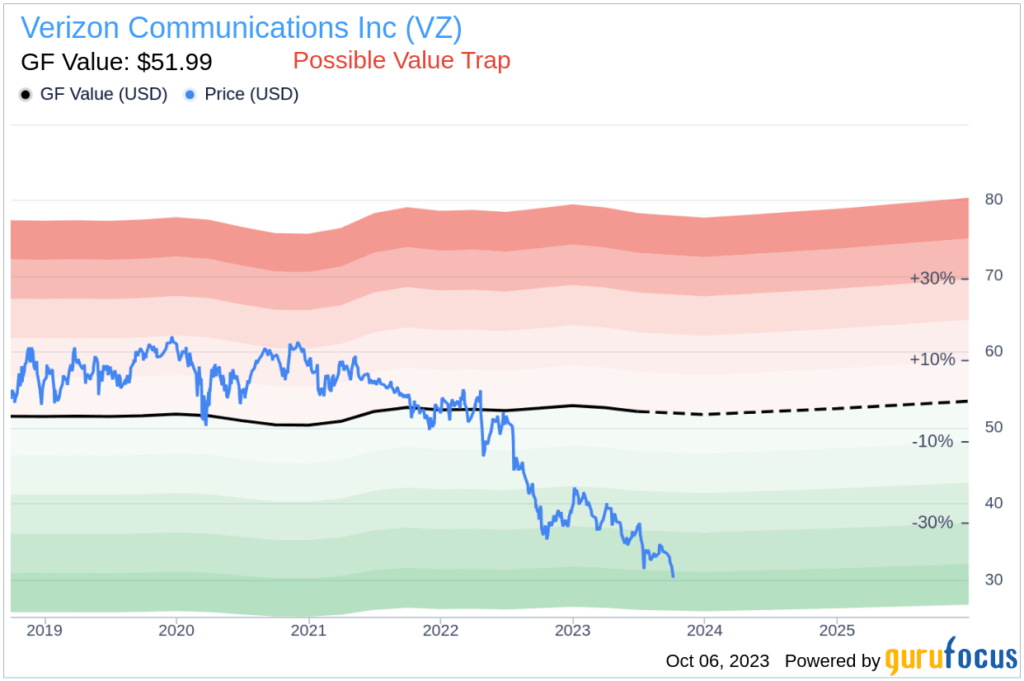
This settlement sends a strong message to telecom companies: hidden fees that are not properly disclosed can lead to costly legal consequences. While Verizon will likely continue to charge administrative fees, companies now have a stricter obligation to be transparent and upfront.
Additionally, the settlement has prompted customers nationwide to pay closer attention to their bills and demand better billing practices industry-wide.
Cash App $12.5M Settlement Over Spam Text Class Action; You can get $147, Check Eligibility
$425M Capital One Settlement – Don’t Miss the Final Claim Deadline!
Capital One Settlement in October 2025: Who’s Getting Paid & How to Claim Your Share



